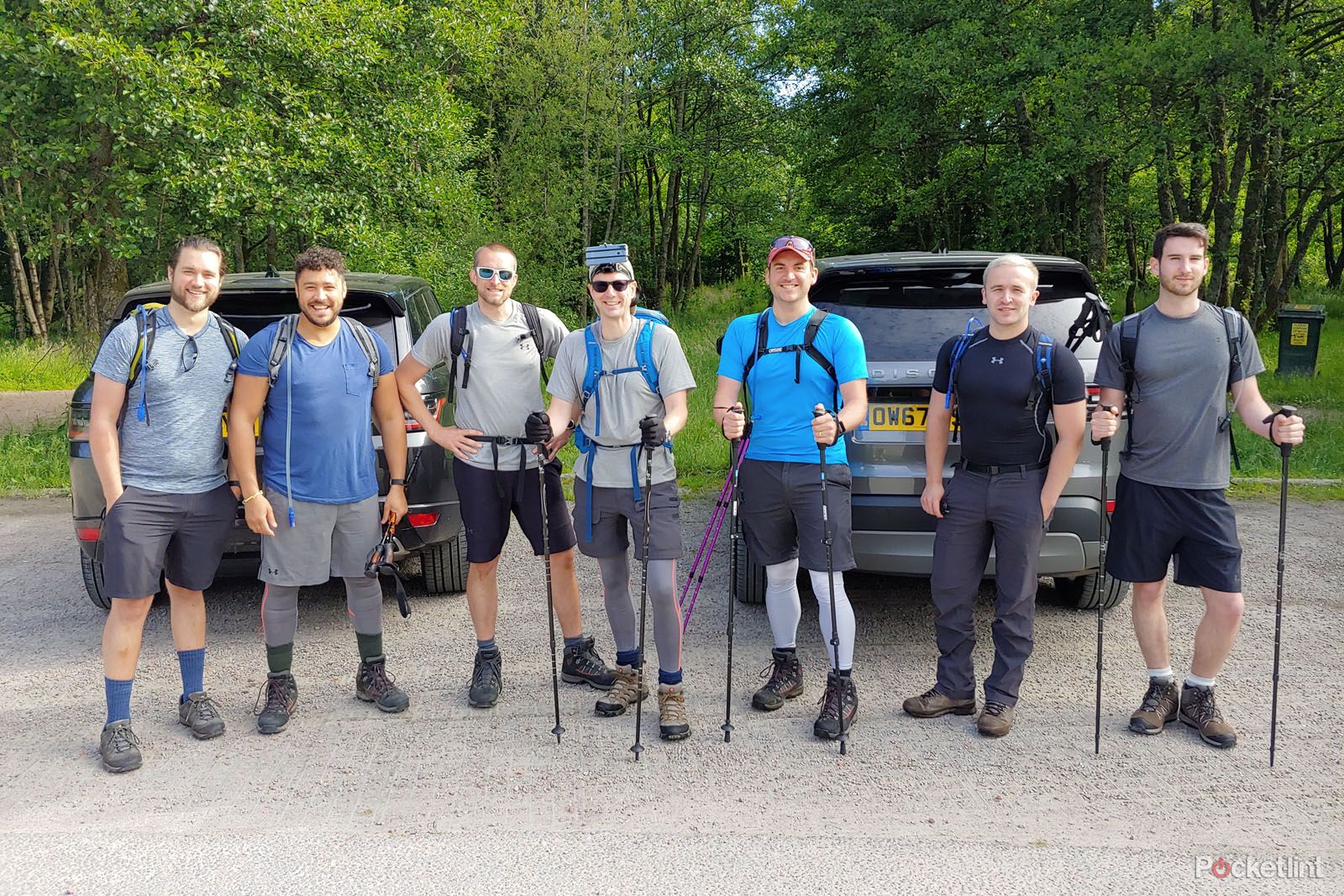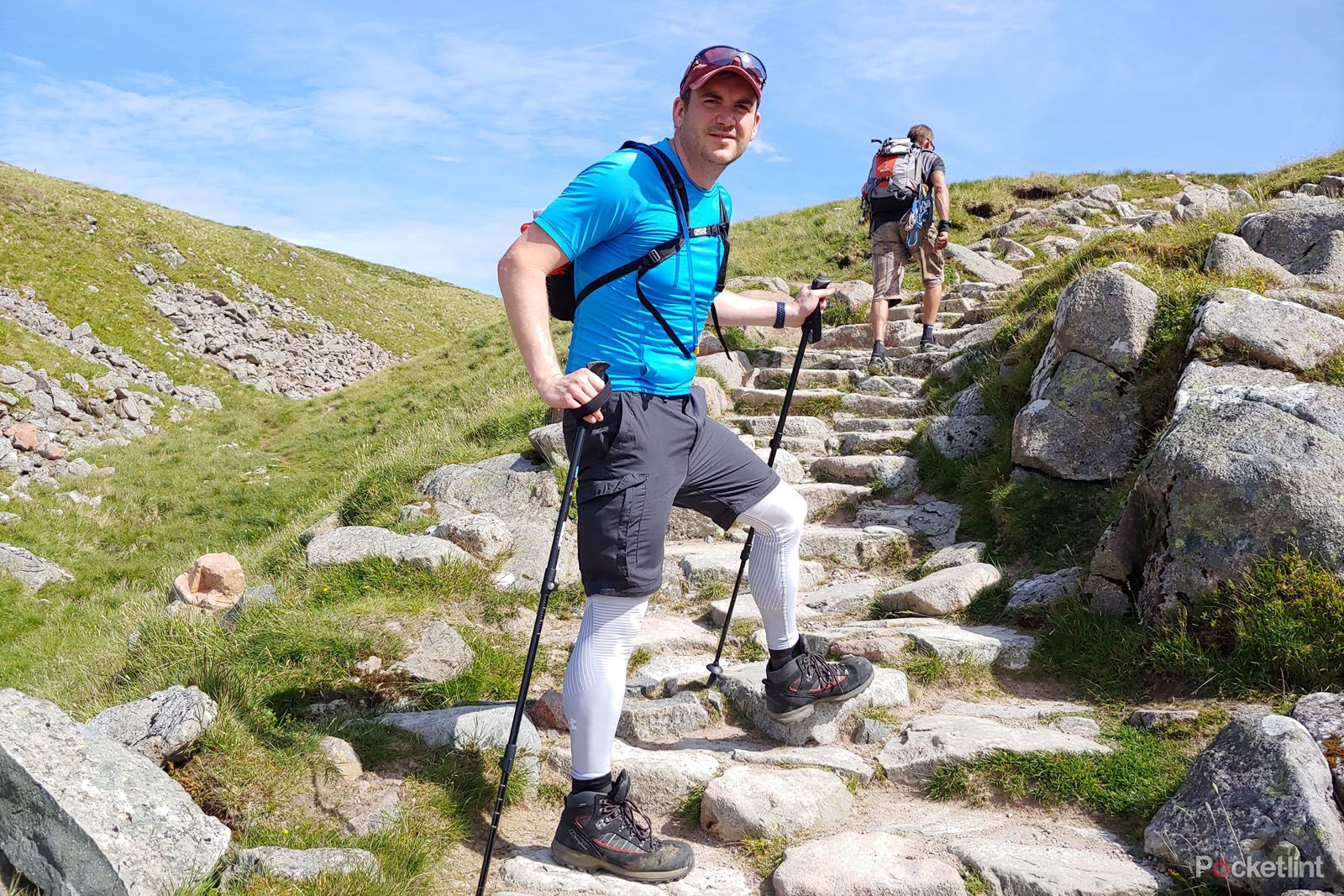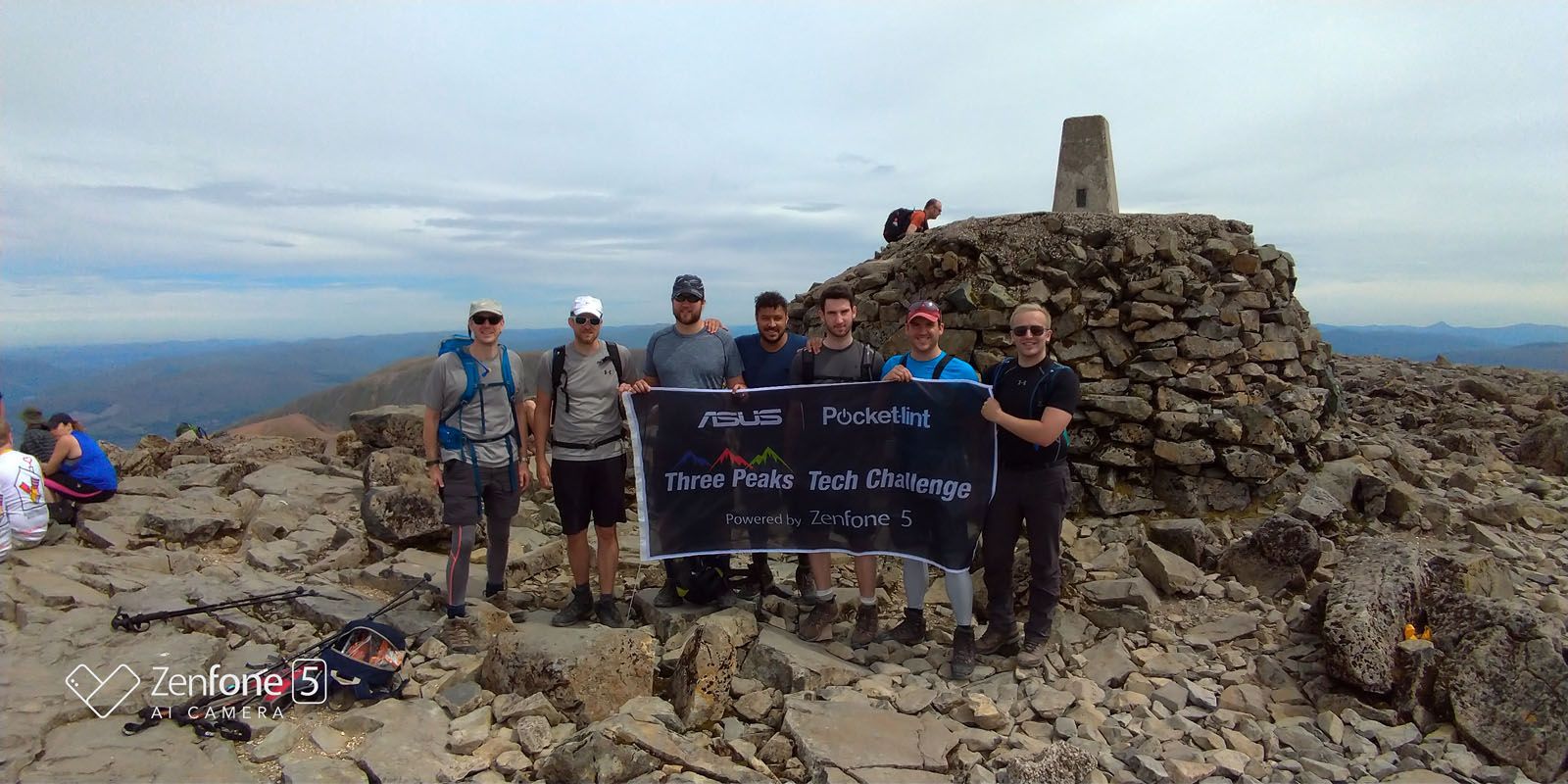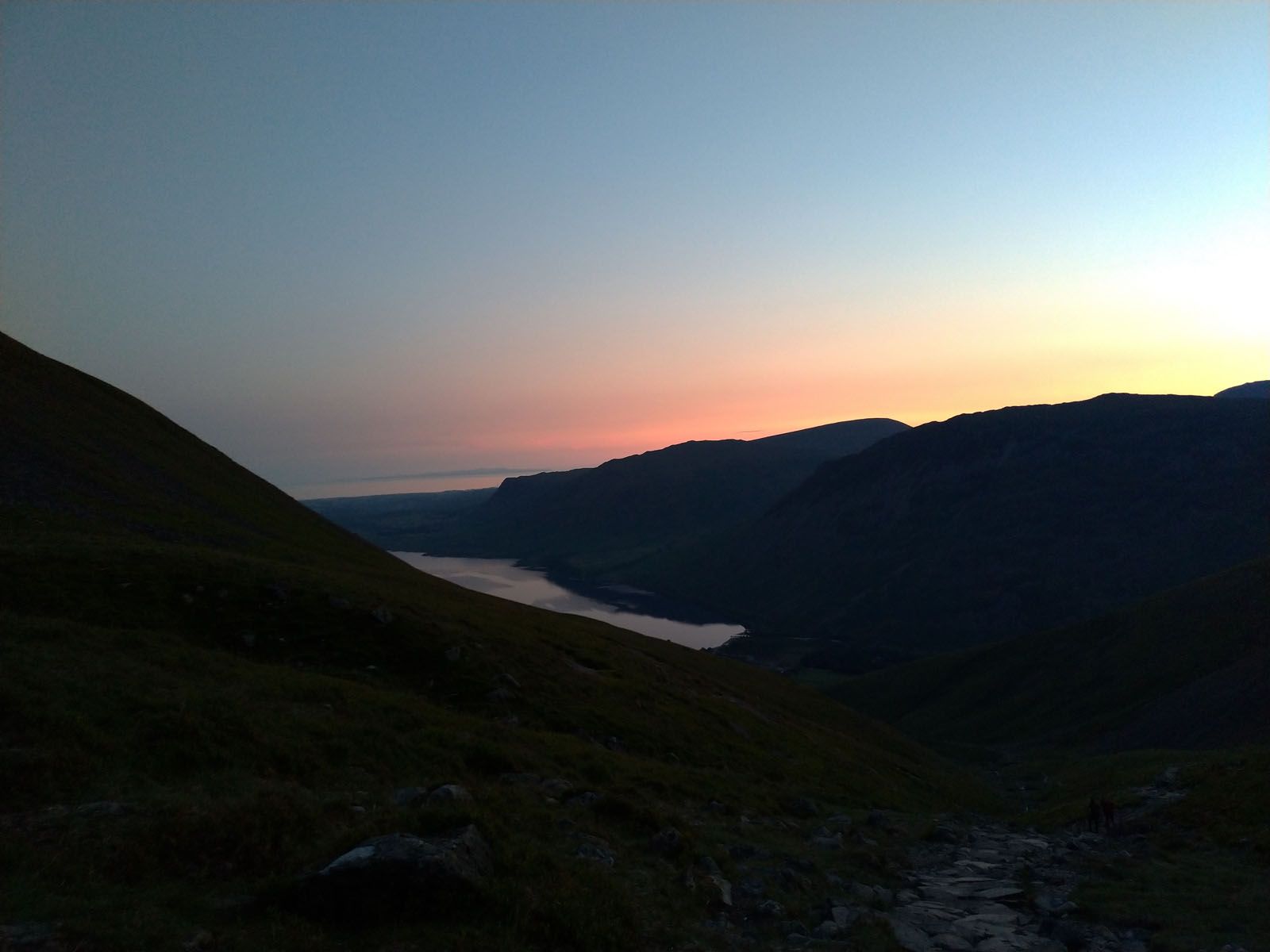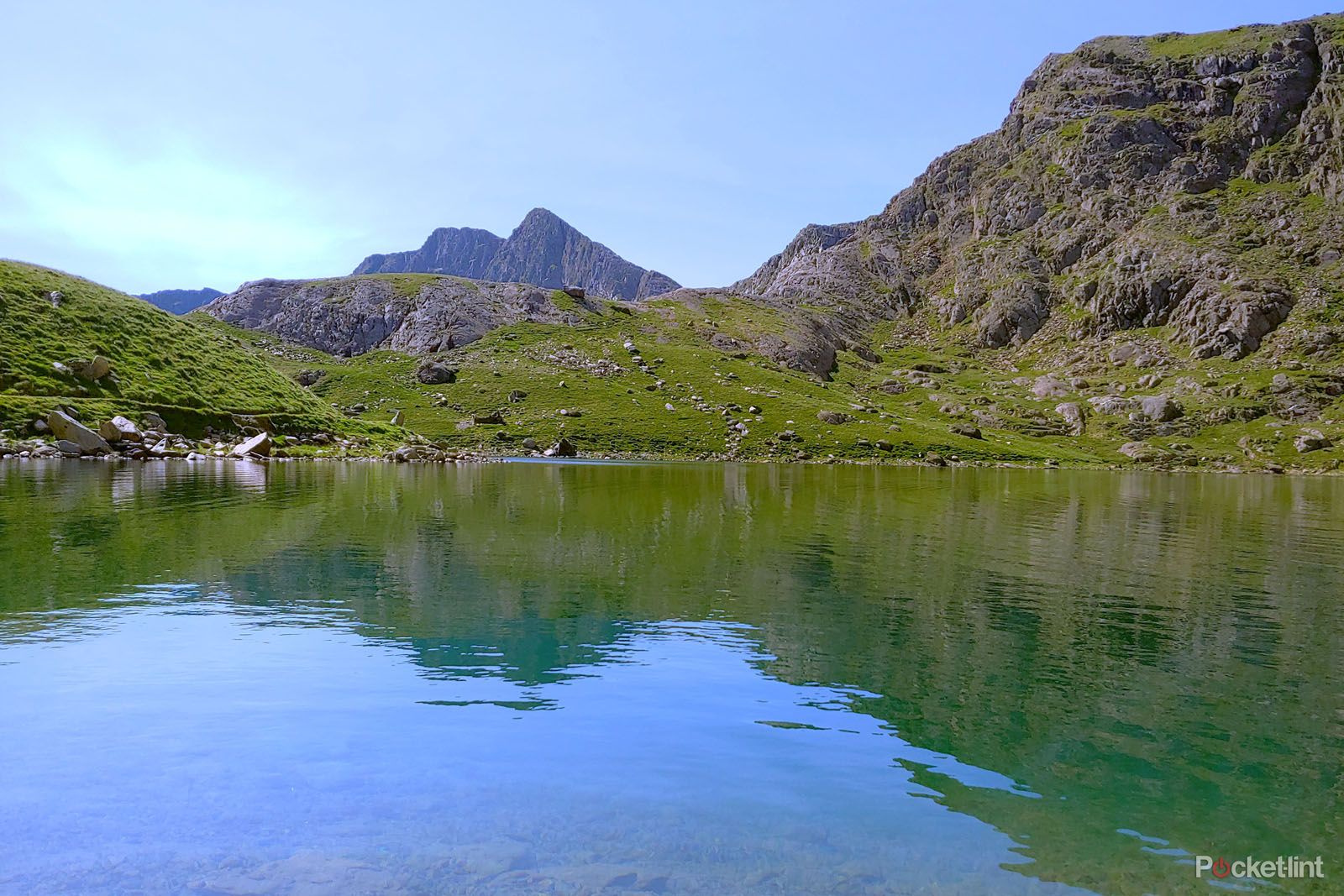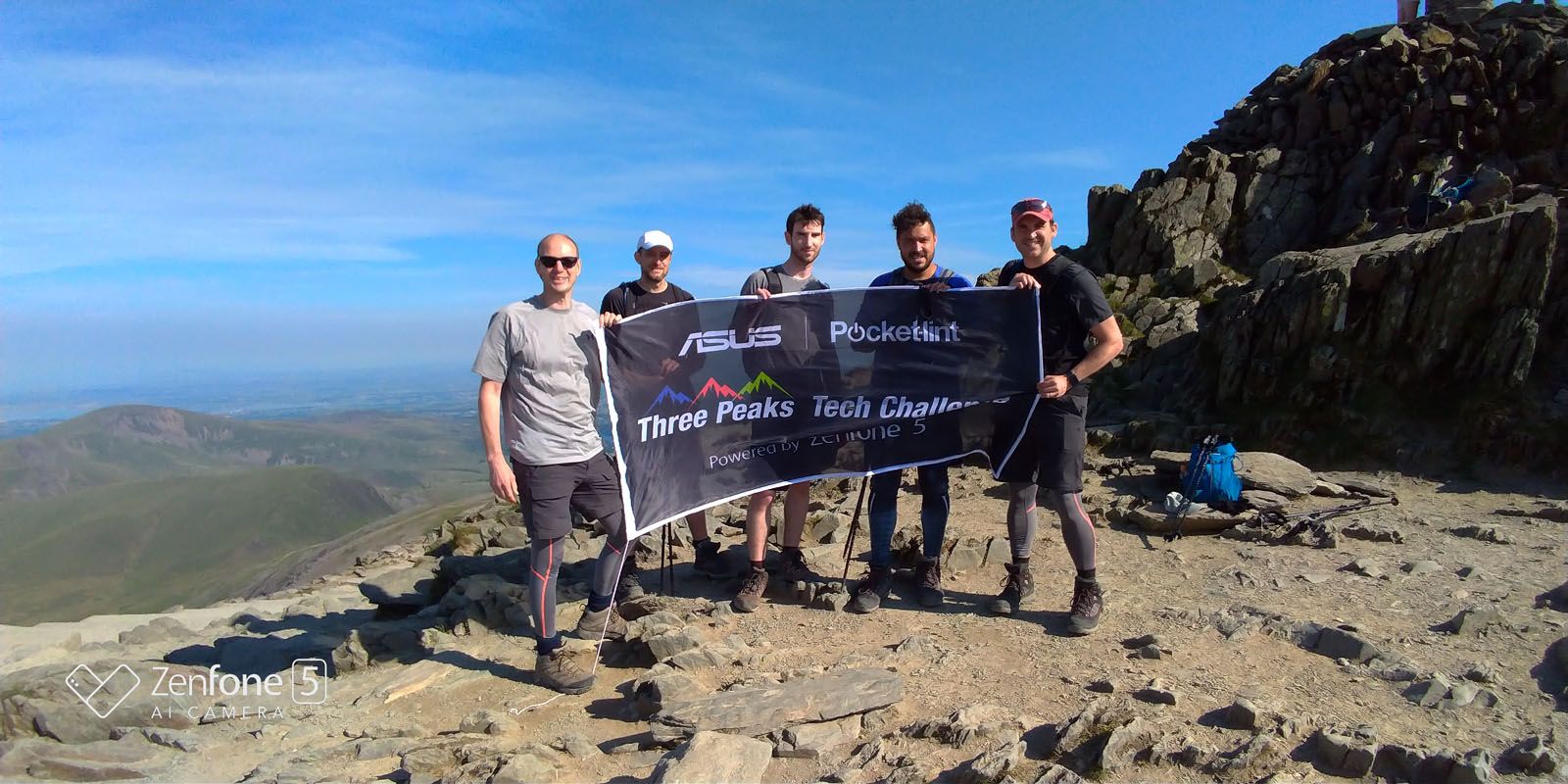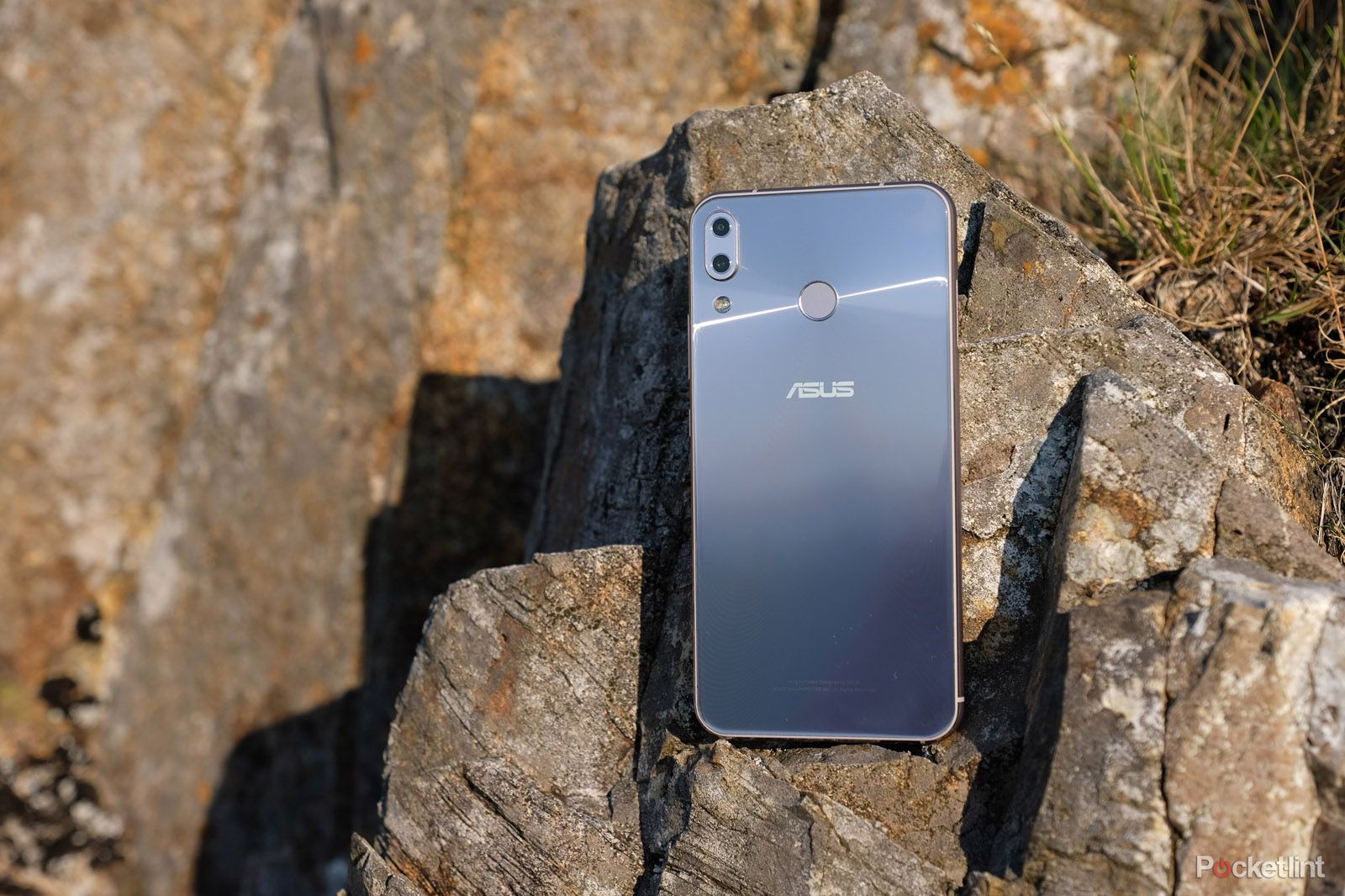Some experiences leave a lasting imprint. Having fought through tumultuous conditions on the previous venture, Pocket-lint and Asus teamed up to tackle the Three Peaks Challenge a second time.
The aim was climb the UK's highest peaks - Ben Nevis, Scafell Pike, Mount Snowdon - in under 24 hours, and put into place the lessons we'd learnt in 2015. It was time to face down those demons.
Powered by the Zenfone 5, we set off on a new tech challenge.
It's all about the logistics
The Three Peaks Challenge presents a problem, not only because you have three mountains to climb, but because you have to move everyone between those mountains. We'd decided to start on Ben Nevis and head south, to finish on Snowdon in north Wales, and that means getting to Scotland first.
Having used the Land Rover Discovery on the expedition in 2015, we turned to Land Rover again and had the new Discovery and a Range Rover Sport to keep us mobile. We've detailed exactly why we wanted the Discovery, but importantly we had the range and space to carry us and our equipment, whatever the conditions.
When you're living in those vehicles, sleeping between climbs, those small creature comforts make a huge difference, like air-conditioned seats in the Range Rover and those proper seats in the back of the Discovery, so everyone could spread out.
Ben Nevis, in all its majesty
The highest peak in the UK is Ben Nevis, standing some 1344 metres high. It sits on the west coast of Scotland in the Highlands, just outside Fort William. It's often the starting point for the Three Peaks Challenge; typically it's the longest, both in terms of time and the distance you cover.
There are two sides to this mountain, first the climb out of the valley through grassland littered with waterfalls. There's a serene tranquillity to these lower levels, but as you climb and the views become more dramatic, the grass drops away leaving a rocky, barren, landscape.
There's no shade and as the heatwave swept the country the vehicles in the valley reported temperatures of 30 degrees in the shade. In stark contrast to our 2015 climb in which we hit the cloud base within about 30 minutes, this time we had to deal with the full heat of the sun and record-breaking temperatures.
Accepting that it would be a sweaty walk, there was nothing for it but to slap on more sun cream, drink more water and press on. We'd been fortunate enough to have some water bladders supplied by Decathlon, but you could forget about warm clothing - keeping cool was the challenge and some Under Armour kit kept the sweat wicking away.
There's a reward for struggling through the heat and that's staggering views. From the highest point in the UK you can drink in the majesty of Scotland's landscape, its rocky crags and shimmering lakes.
Surprisingly there was still a little snow at the top of Ben Nevis, nestled in the few remaining dips, sheltered from the sun's full heat.
Descending, inevitably, is a lot faster than climbing, but as we dropped back into the valley, the temperature increased, bringing back the sweat. The climb had taken us over an hour longer than when we'd attempted it in overcast conditions and we were soon back on the road, refuelling and resting those tired legs.
Scafell Pike, a moonlit delight
The approach to Scafell is tricky, along very narrow roads. Sitting within the Lake District National Park, it's the smallest of the peaks at only 978 metres, although you practically start at sea level and it feels like you're climbing stairs for an hour.
Our last trip to Scafell had shown us how powerful mother nature could be, battering us with wind and rain, with visibility of a couple of metres, even with powerful head torches. This year couldn't have been more different.
Having been caught in traffic around Loch Lomond, we were now further behind schedule, not setting foot on the mountain until gone 21:30. Sunset was reported as 21:52, so it was going to be a dark climb.
The temperatures were still high as we headed away from Wastwater. The valley lake is the deepest lake in England and voted as Britain's best view. Watching the sun set was reward enough for the efforts we put in battling the heat up Scafell. But as darkness fell, we were given a gift, as the moon rose, perfectly illuminating Scafell's paths.
On the upper reaches of Scafell Pike there aren't a huge number of features. Again, it's all rock, with a vague path snaking its way through the landscape. Cairns give you reference points, but the moon gave us the light to hit the summit.
While some wanted to test their head torches on the way down, half the team chose to go au naturel, descending by moonlight, and back into a still valley, to once again be engulfed by the heat.
The drive out from Wasdale Head in the dark is tricky, with narrow roads and no light. The local wildlife is attracted to the roads, which give off their heat at night, so it's a common sleeping place for sheep, which seem reluctant to move. As a highlight we also met a small badger, which decided not to leave the road, but gallop down the centre of it. Do badgers gallop? This one did.
Snowdon, the gentle giant
Of the three peaks, Snowdon is probably the most picturesque, and also the most commercial. It's easy to get to, there's a train up one side and a café at the top. For many, it's also the favourite, with a variety of routes and with views beyond compare - which is why it's also the UK's busiest mountain.
But even at 6am, the full heat soon has you sweating as you climb out of the Pen-y-Pass carpark. With clear skies, we rounded off the last of the three in glorious conditions, but it was a slow and sweaty climb and it quickly became obvious that we'd be over the 24 hour marker.
With that in the back of our minds, we forged for the top up the Pyg Track in searing heat, only rewarded with the lightest of breezes as we crested the Llanberis Path. With the final summit in sight, we raced the train as it snaked its way up the hill, considering whether it would be cheating to catch a ride down again.
As it was, the train wouldn't open for another couple of hours, so we descended to the Miners Track with its lakes, watching other walkers strip off to swim in the tranquil waters. We crossed the line, having been on our feet for just over 15 and a half hours, climbed nearly 3000 metres and just under 39km walked.
Looking back on another Three Peaks Challenge
The Challenge completed, we've now had the pleasure of attempting in bad weather and extreme heat. Two very different experiences tied together in the same locations. Having been soaked on the previous adventure, we all had enough changes of clothes to cope with needing to get out of sweaty kit.
The Land Rovers played their part, giving us the room to move, the comfort on the road and blissful air conditioning. We took the Zenfone 5 up the mountain to capture some of the stunning views, we recorded huge sections of the ascent on the Zenfone 5 in 4K, transferring data across to the Asus NovaGo as we went. Fortunately, the Land Rovers were also littered with 12V and USB sockets to keep the technology charged.
The Three Peaks Challenge is one of the most popular walking events in the UK. It brings a high number of walkers to the mountains and that's caused some controversy with the damage left behind. We picked up litter as we walked, again surprised that someone would come to such beautiful places and willingly discard their rubbish on the hillsides. If you're thinking about walking these mountains, don't leave your waste behind.
We'd like to say a big thanks to Asus and Land Rover for making the challenge possible, and Decathlon and Under Armour for providing some essential kit. Will we be back to the Three Peaks again? Perhaps, although there are a lot more adventures out there waiting to happen...

